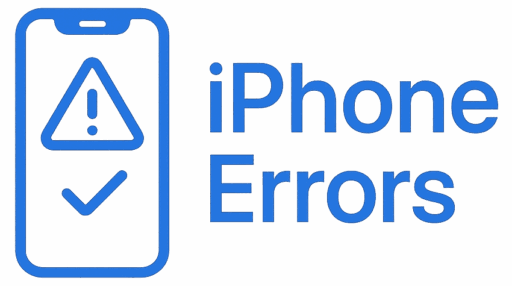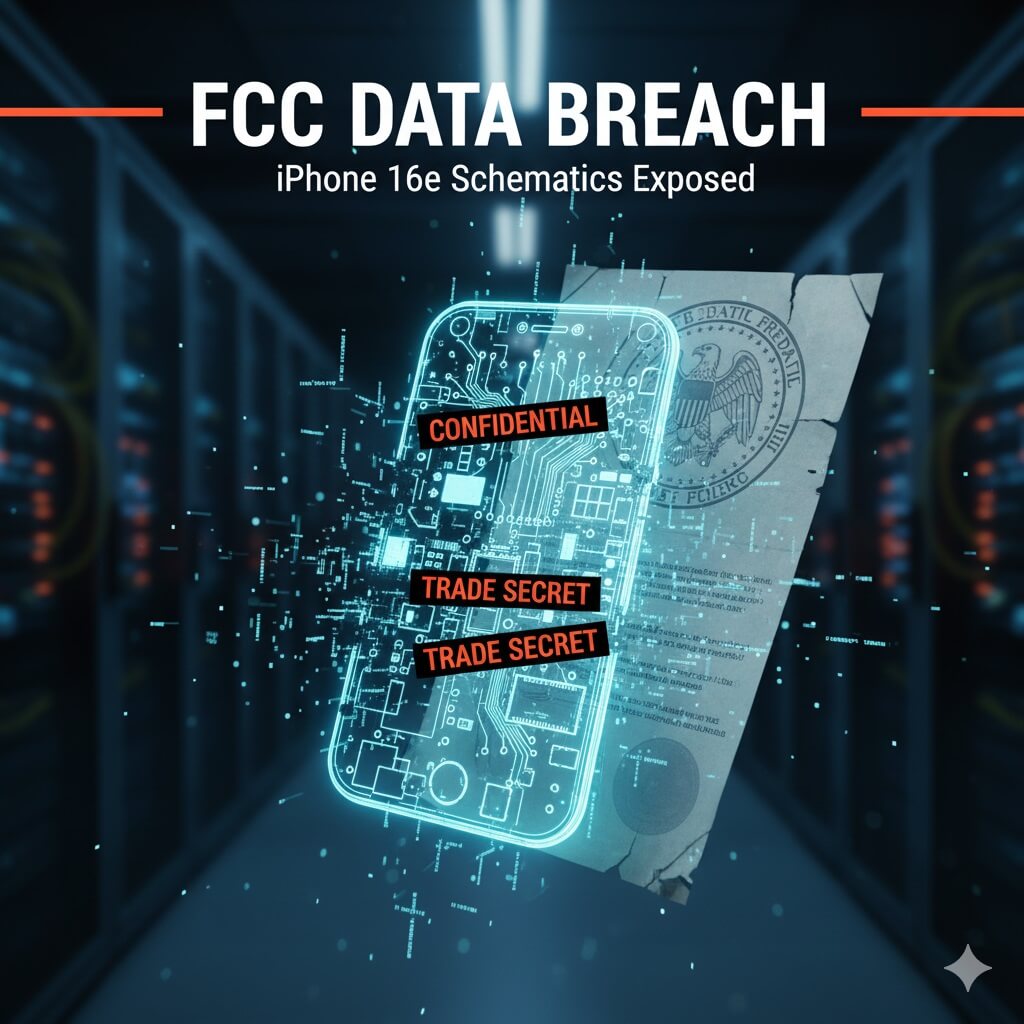A major security blunder at the Federal Communications Commission (FCC) has resulted in the premature and unauthorized release of highly sensitive engineering documents for the anticipated iPhone 16e. Despite explicit requests from Apple to maintain permanent confidentiality, the detailed electrical schematics—identifying the model under regulatory numbers A3212, A3408, A3409, and A3410—were briefly published in a 163-page PDF file.
The Confidentiality Snafu
For all complex communications hardware, including the iPhone, companies must submit extensive technical documentation to global regulators like the FCC for testing and certification. This process often requires the disclosure of valuable trade secrets and commercially sensitive information.
On September 16, 2024, Apple had submitted a formal cover letter to the FCC specifically requesting that documents like the Electrical Schematic Diagrams, Block Diagrams, and Technical Descriptions be withheld from public view “indefinitely.” Apple’s justification, a common practice in the industry, was that public disclosure would give competitors an “unfair advantage” by revealing proprietary design knowledge.
The recent discovery of the published schematic on Monday, subsequently mirrored by sites like FCCID.IO, suggests that the FCC itself made an operational error, likely an incorrect database setting, that bypassed Apple’s confidential treatment request.
High Stakes of a Technical Leak
While the released schematics hold little practical use for the average consumer, their value to Apple’s rivals is immense.
The release effectively hands competitors Apple’s proprietary “blueprint” for the iPhone’s internal architecture, eliminating the need for expensive and time-consuming reverse engineering. Although Apple actively defends its patents and intellectual property, the schematic provides rivals with the manufacturer’s own detailed knowledge of component connectivity and function—information they can utilize to optimize their own future designs.
For now, the FCC has not commented on the accidental disclosure, but the damage is already done. With the documents circulating on the internet, retrieving the original file will not undo the competitive harm caused by this significant lapse in regulatory oversight.
This breach underscores the vulnerability of even the most confidential data. To stay informed on the newest threats, regulatory failures, and ways to protect your information, explore our dedicated section: Explore More Security & Privacy Guides


Leave a Reply